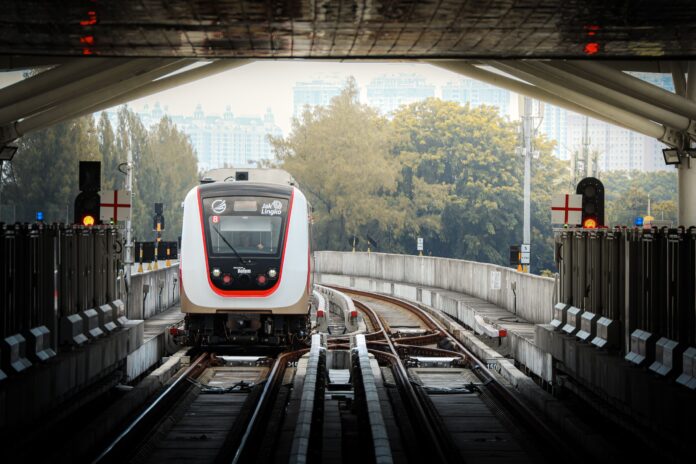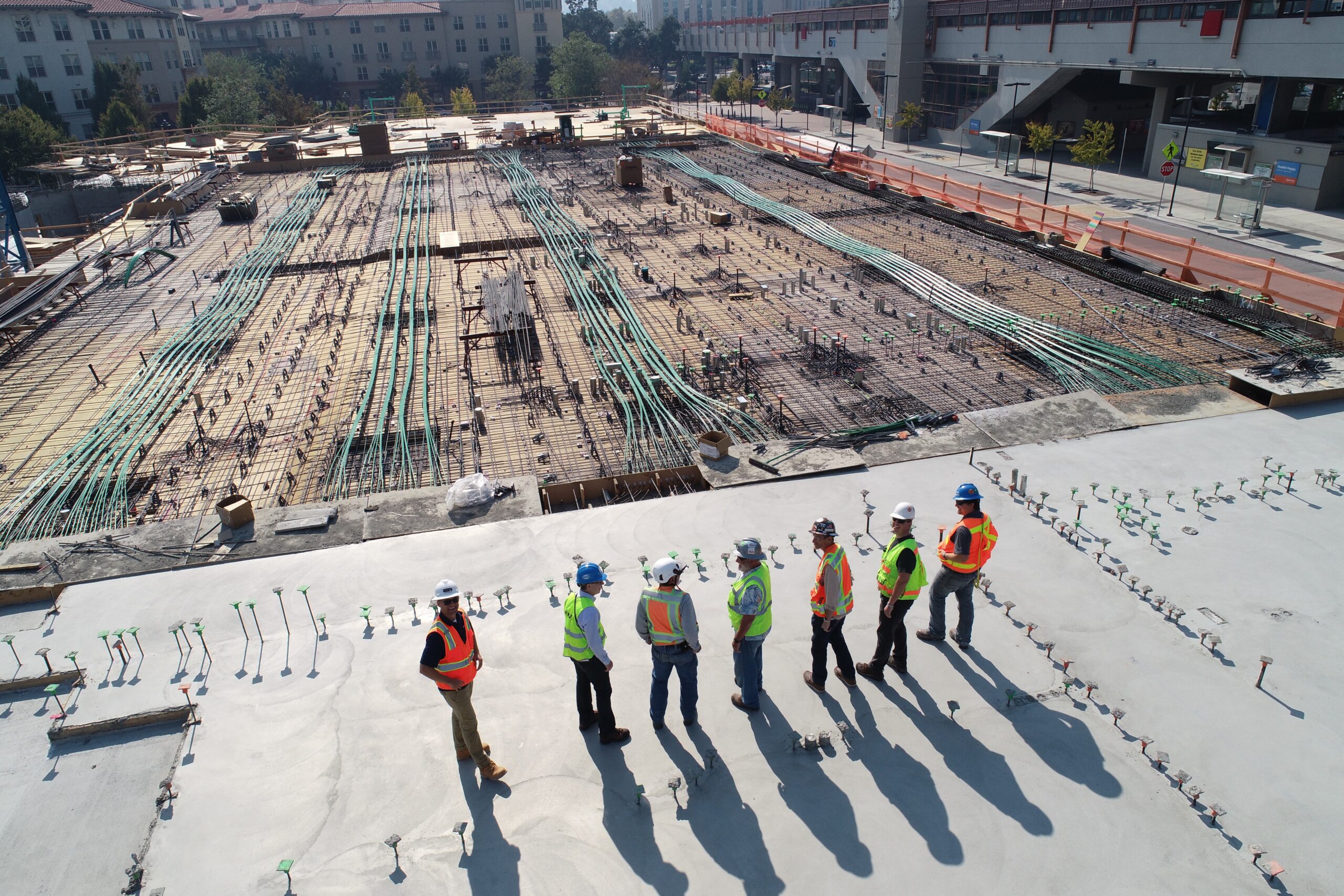
The aspirations of the Indonesian government to introduce a Light Rail Transit (LRT) system in the captivating island of Bali are steadily inching towards realization. Presently, the wheels of progress are set in motion as the feasibility study for the first phase of the LRT project in Bali is underway. However, the outcome of this study has shed light on an intriguing revelation—the potential for an escalation in the cost of constructing the inaugural LRT line on the enchanting “Island of the Gods.”
Suharso Monoarfa, the Minister of National Development Planning and Head of the National Development Planning Agency (Bappenas), has elucidated that the preliminary findings from the feasibility study have unveiled an unexpected financial trajectory. It is projected that the financial outlay for the establishment of LRT Bali could ascend to a staggering Rp11 trillion, a substantial departure from the initial government estimation that had envisaged expenses of around Rp8 trillion.
Yet, Suharso underscores that the journey of LRT Bali is still within the exploratory phase of the feasibility study, and the monetary figures unveiled so far should be approached with flexibility. “I am hesitant to provide a definitive budget at this juncture due to the ongoing nature of the feasibility study. Initially, the budget was proposed at Rp8 trillion, but it has now swelled to approach the magnitude of Rp11 trillion,” Suharso clarified during a media inquiry on a notable Sunday (20/8/2023).
Further delving into the nuances of the matter, Suharso expounded that the feasibility study is an intricate process encompassing multifaceted considerations. Elements such as the route selection for the LRT track, funding strategies, and the intricate web of collaboration between central authorities, local administrations, and private stakeholders are all being meticulously examined.
The ambitious LRT Bali Phase I is poised to commence its journey at the bustling Ngurah Rai International Airport, heralding the vision of connecting pivotal destinations, including the heart of Kuta’s central parking area and extending to the alluring Seminyak, a renowned tourist haven.
The blueprint of Phase I is subdivided into two pivotal segments: LRT Phase 1A, orchestrating a transit between the airport and the bustling Central Parking Kuta, followed by LRT Phase 1B, designed to traverse the distance between Central Parking and the vibrant expanse of Seminyak. Anticipating future horizons, the envisioned LRT Phase II is envisioned to unfurl from the vibrant enclave of Seminyak, journeying towards the picturesque destination of Mengwitani in the Badung Regency.
Should this grand vision proceed without impediments, the union of LRT Phase I and Phase II will usher in a transformative epoch for public transportation on the island of Bali. It is hoped that this modern LRT network will captivate the enthusiasm of the local populace and kindle the interest of tourists. This sentiment resonates deeply, given the constraints posed by the limited road capacity of the Kuta to Seminyak route—a path often inundated by the incessant flow of myriad vehicles, encompassing motorcycles and bustling tourist buses.
Despite its current status as a feasibility study, the Ministry of Transportation has demonstrated proactive initiatives by extending the prospect of the LRT project to international investors. This endeavor is interwoven with a larger narrative, encompassing various transportation initiatives. The Ministry remains sanguine about the allure of LRT Bali Phase I to potential investors, envisioning a partnership that could redefine the transportation landscape on this exquisite island.






















